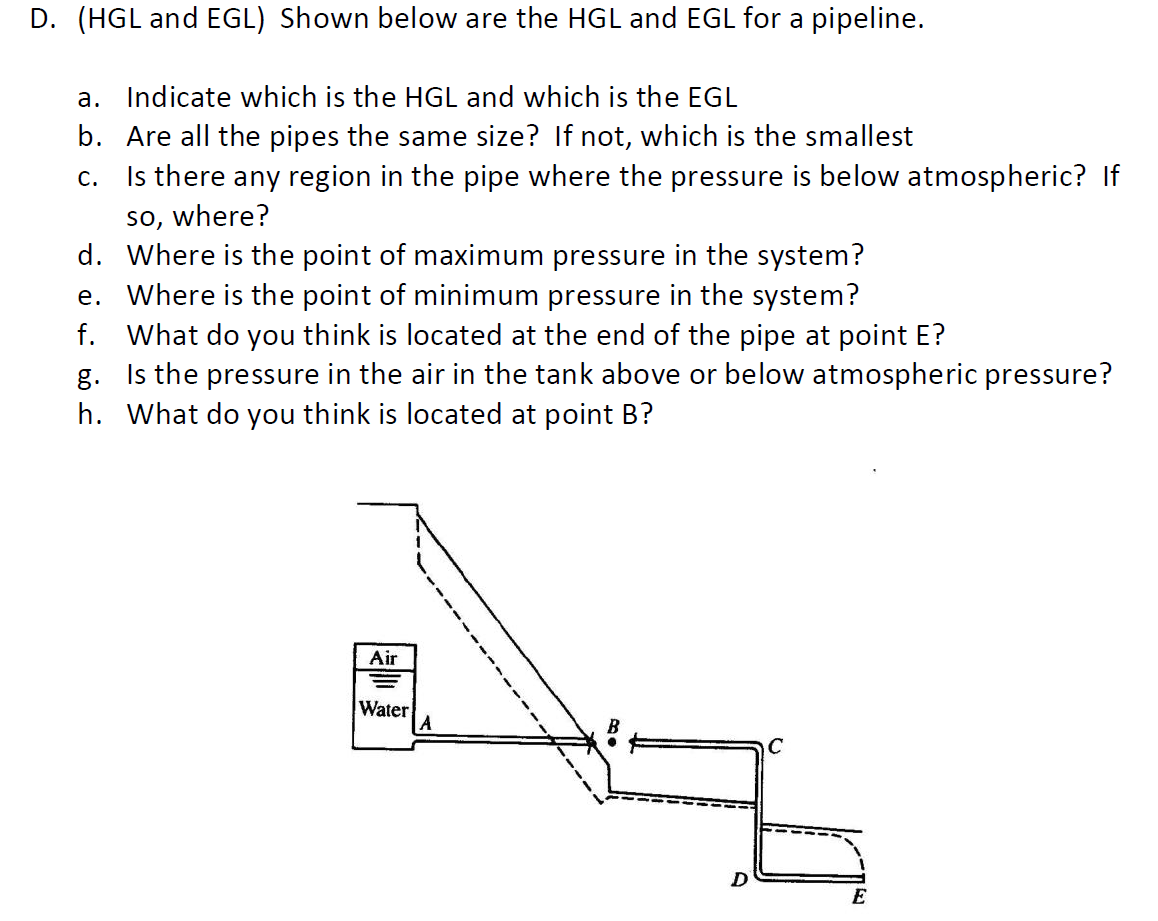


Unlike the magnetic force microscope the SHPM provides direct quantitative information on the magnetic state of a material. GaAs/AlGaAs) to provide high spatial resolution (~300 nm) imaging with high magnetic field sensitivity. Current state of the art SHPM systems utilize 2D electron gas materials (e.g. Developed in 1996 by Oral, Bending and Henini, SHPM allows mapping the magnetic induction associated with a sample. Scanning Hall probe microscope ( SHPM) is a variety of a scanning probe microscope which incorporates accurate sample approach and positioning of the scanning tunnelling microscope with a semiconductor Hall sensor. A vortex cluster forms at the tip position due to the local quenching of the hot spot.

(e) SHPM image after applying a tunneling current and then lifting up the STM tip for Hall probe imaging. (d) SHPM image of a vortex lattice (individual vortex size ~1 μm). Superconductivity is suppressed in near a vortex. (c) Schematic of the local heating in an Au/Ge/Pb/SiO 2/Si multilayer by the STM tip. (b) An optical image of the Hall sensor (scale bar 20 μm) and an electron micrograph of the Hall cross (scale bar 1 μm). The performance is found to be comparable with the SHPM using STM feedback.(a) Schematic of a SHPM setup. Magnetic domains and topography of an Iron Garnet thin film crystal, NdFeB demagnetised magnet and hard disk samples are presented at room temperature. SHPM electronics is modified to detect AFM topography and the frequency shift, along with the magnetic field image.

The sensor assembly is dithered at the resonance frequency using a digital Phase Locked Loop circuit and frequency shifts are used for AFM tracking. An LT-SHPM system is used to scan the samples. The Hall sensor chip is simply glued at the end of a 32.768 kHz or 100 kHz Quartz crystal, which is used as force sensor. In this work, we have eliminated the difficulty in the cantilever-Hall probe integration process, just by gluing a Hall Probe chip to a quartz crystal tuning fork force sensor. However it is very difficult to micro fabricate these sensors. This constraint can be eliminated with the AFM feedback using sophisticated Hall probes that are integrated with AFM cantilevers. However, STM tracking SHPM requires conductive samples therefore the insulating substrates have to be coated with a thin layer of gold. In the SHPM technique, scanning tunneling microscope (STM) or atomic force microscope (AFM) feedback is used to keep the Hall sensor in close proximity of the sample surface. Scanning Hall Probe Microscopy (SHPM) is a quantitative and non-invasive technique for imaging localized surface magnetic field fluctuations such as ferromagnetic domains with high spatial and magnetic field resolution of approximately 50 nm and 7 mG/Hz(1/2) at room temperature.


 0 kommentar(er)
0 kommentar(er)
